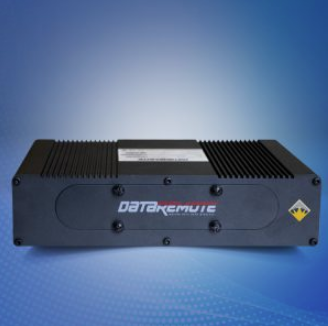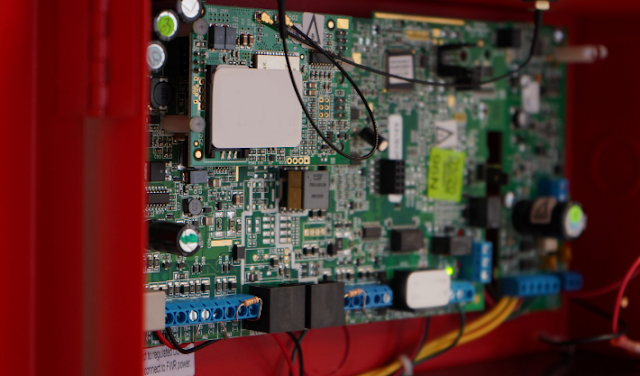Where To Install The Fire And Smoke Detectors?
Occupants only have moments to survive in a standard home burn. The National Fire Protection Association (NFPA) advises that at minimum one smoke detector be installed on each floor of the house (including basements), in each room, and outside each sleeping area, so smoke from one area may not penetrate a smoke alarm in another. To have better whole-home security than stand-alone detectors, the NFPA also advises interconnecting alarms.
Leading experts consider putting both ionization and photoelectric smoke detectors to better ensure optimum identification of the different types of fires that may occur within the building. Invisible fire particles (associated with fast flaming fires) can be observed by ionization sensing warnings faster than fluorescence alarms. Visible fire particles (associated with sluggish smoldering fires) can be detected by photoelectric sensing warnings earlier than ionization alarms.
To detect increasing smoke from some kind of fire, smoke detectors should be mounted on any floor of your house. They should be put outside each bedroom and common areas, inside or immediately outside, and in laundry rooms and kitchens wherever fires can start. Try mounting smoke detectors at least 10 feet away from across all kitchen equipment to minimize false alarms while cooking. You'd like to consider more locks, which are installed in halls and stairways if you have got a bigger house. It's safer to mount inter-connectable smoke alarms so that you really can hear the warning no matter where you are at home.
Many researchers pointed out that it is not appropriate to put smoke detectors on the ceiling, but high pressure on the ceiling anyway. The reasoning behind this is that chemical gases that force the smoke downward marginally can flood the ceiling areas with certain forms of combustion. You will guarantee that it senses smoke at the earliest chance by placing the detectors at around 12 inches just below the ceiling. You can also consider installing digital alarm communicator transmitter DACT with your fire alarm system.



Comments
Post a Comment